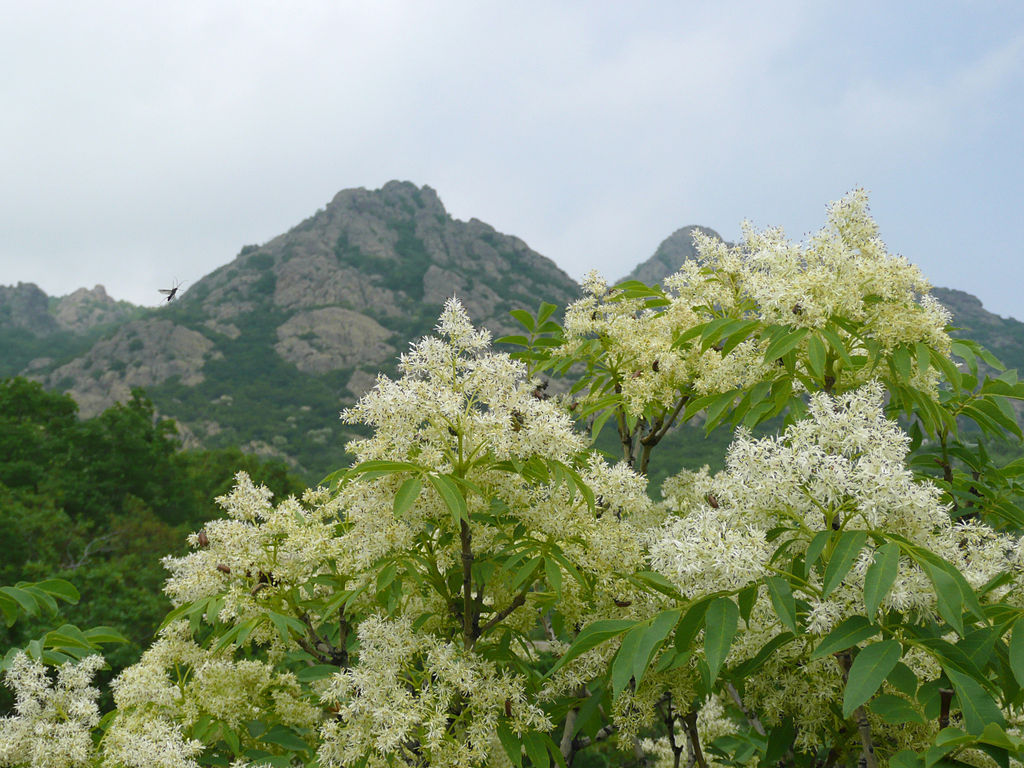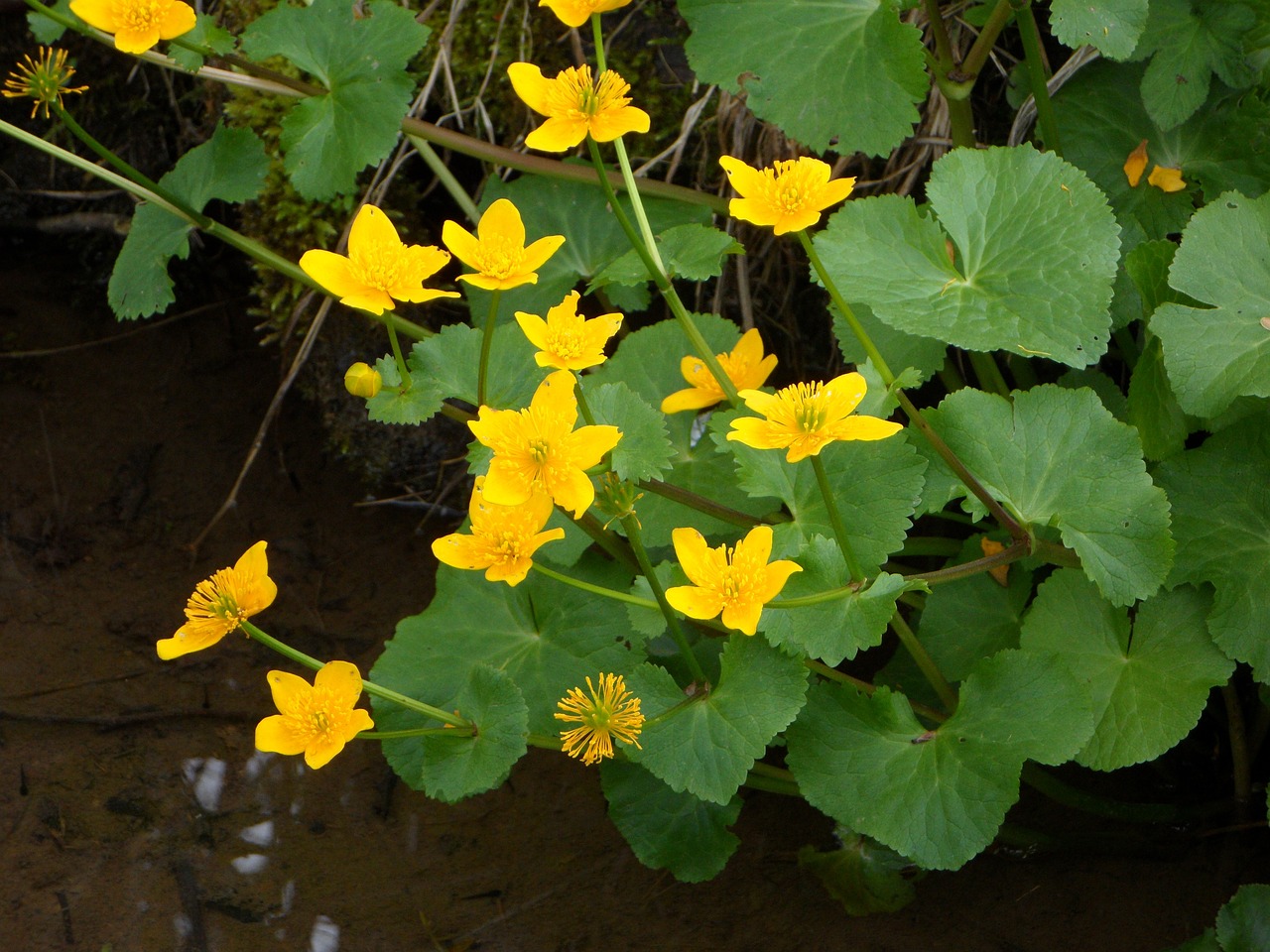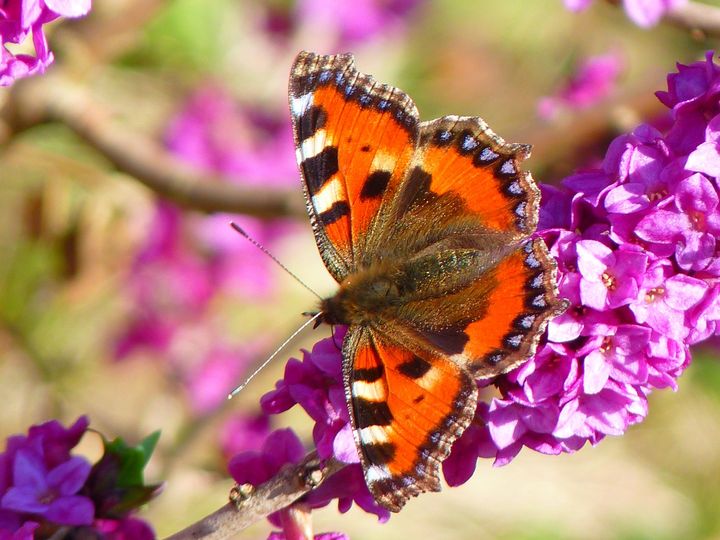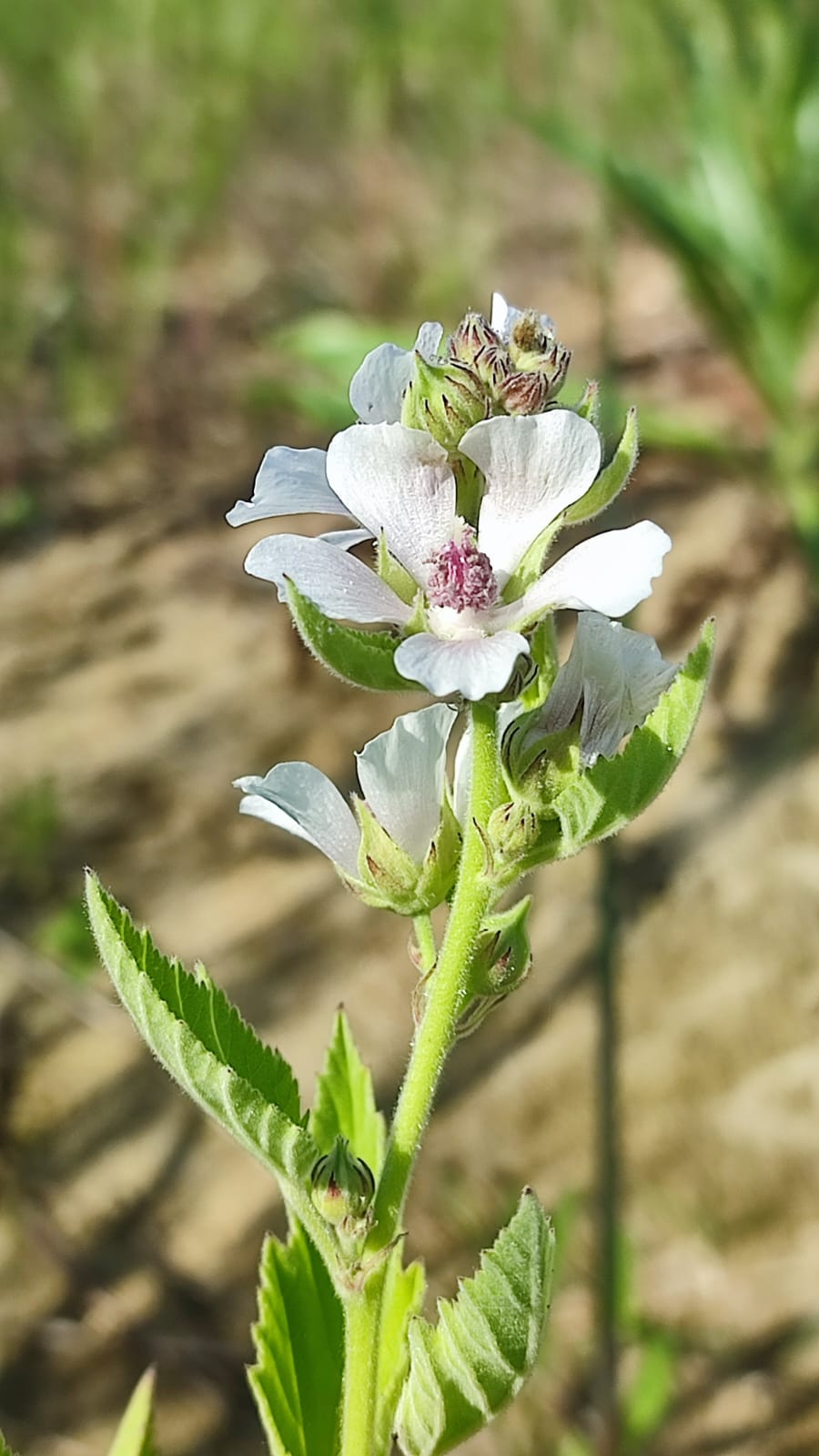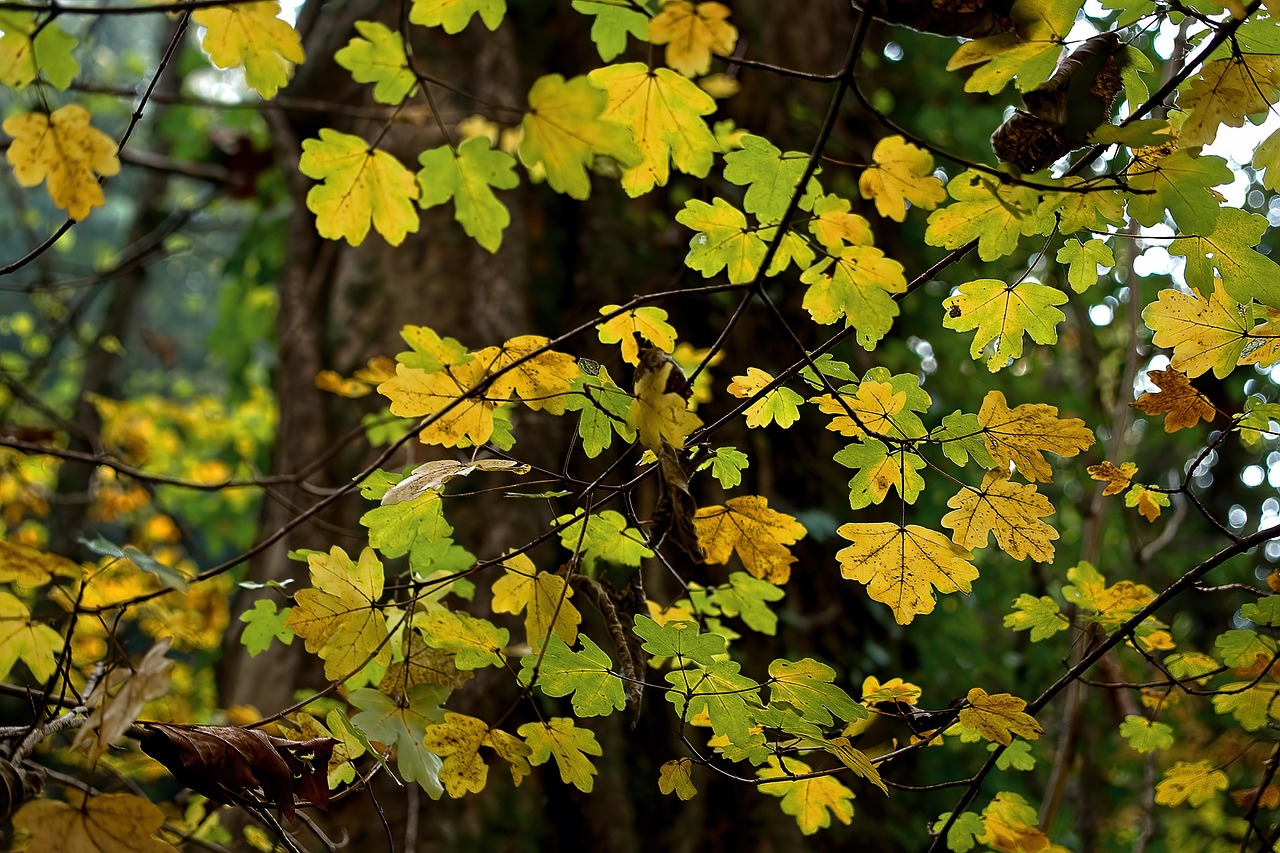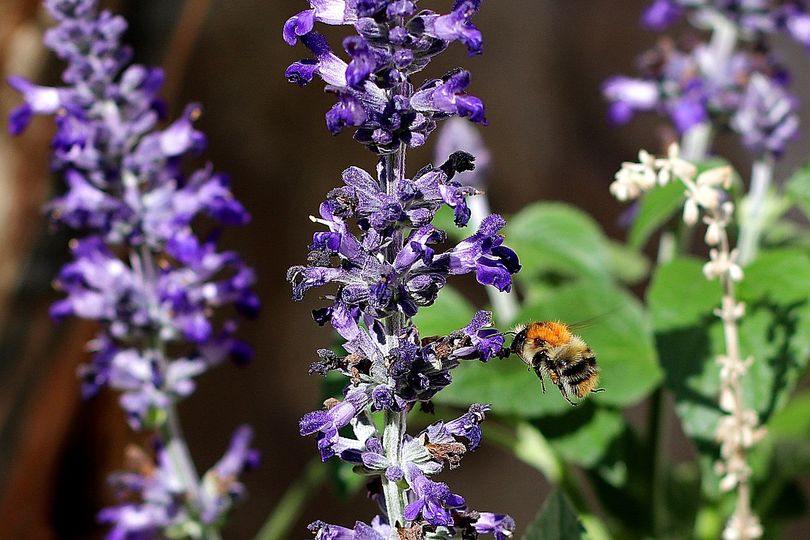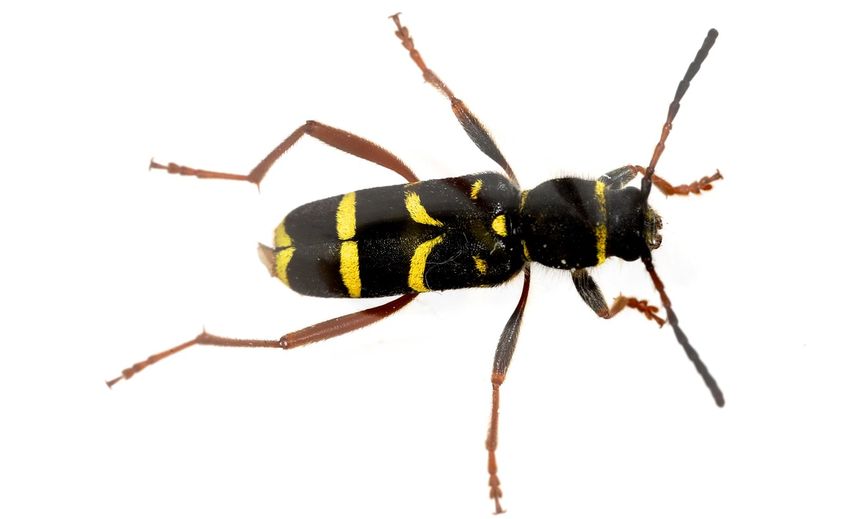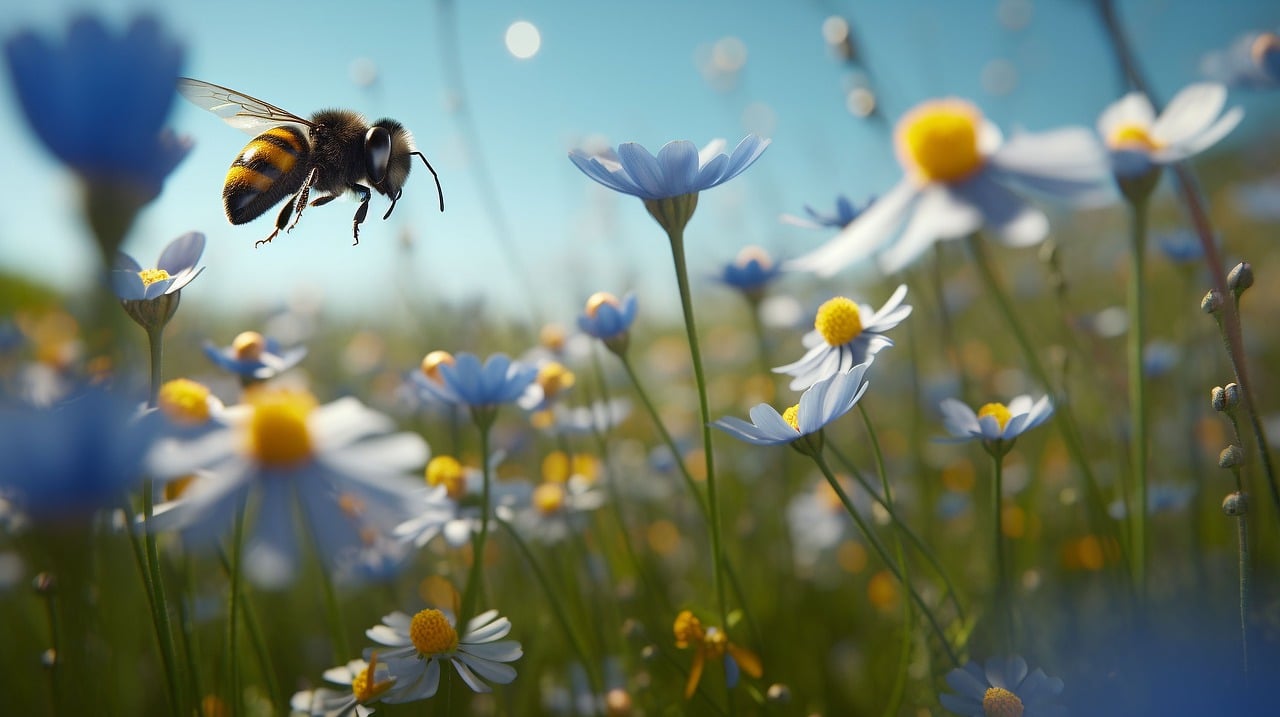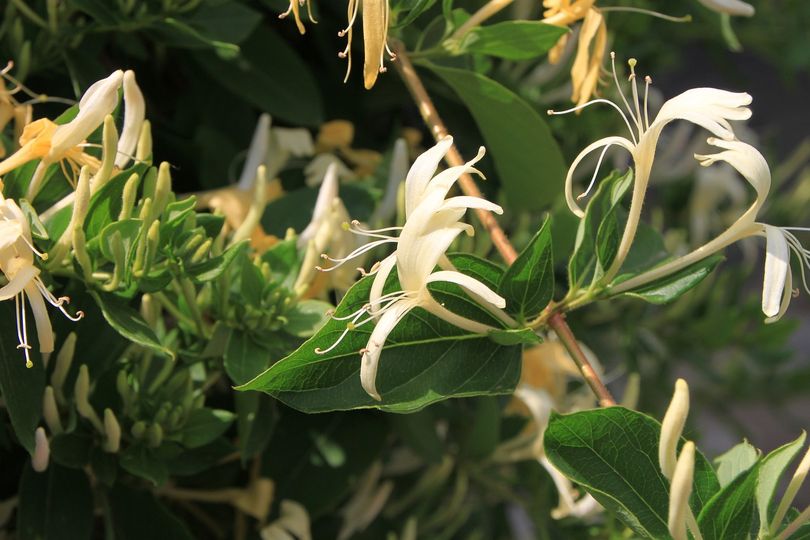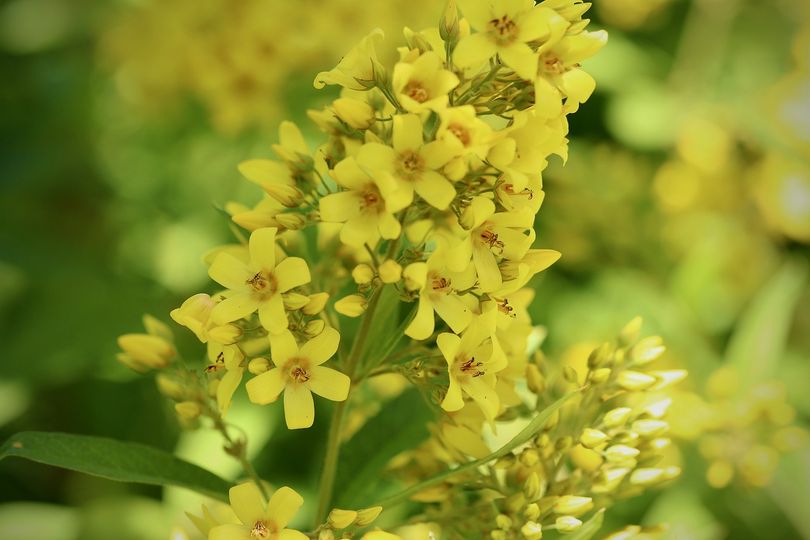Manna ash The Manna Tree 🌳🍯
lifepollinaction2023-07-31T14:01:27+02:00Manna ash The Manna Tree The manna ash (scientific name Fraxinus ornus) is a tree native to southern Europe and can reach a height of 24 meters. The flowers appear before the leaves and are grouped in panicles. They are small, cream-white, fragrant flowers with 4 petals. The fruits are called samaras, composed of a seed wrapped in a kind of wing. It thrives in sunny areas, with hot summers and mild winters, and is often associated with the Mediterranean scrubland. This plant, considered a pioneer species, is useful in reforestation in challenging environments and is also appreciated as an [...]


